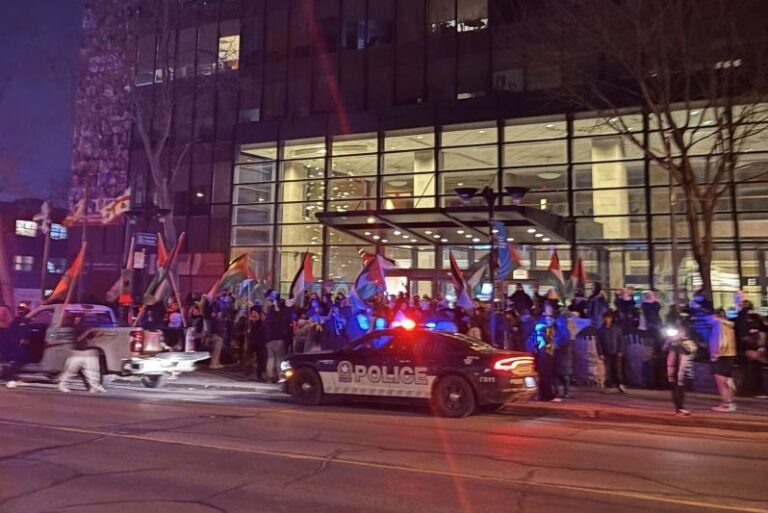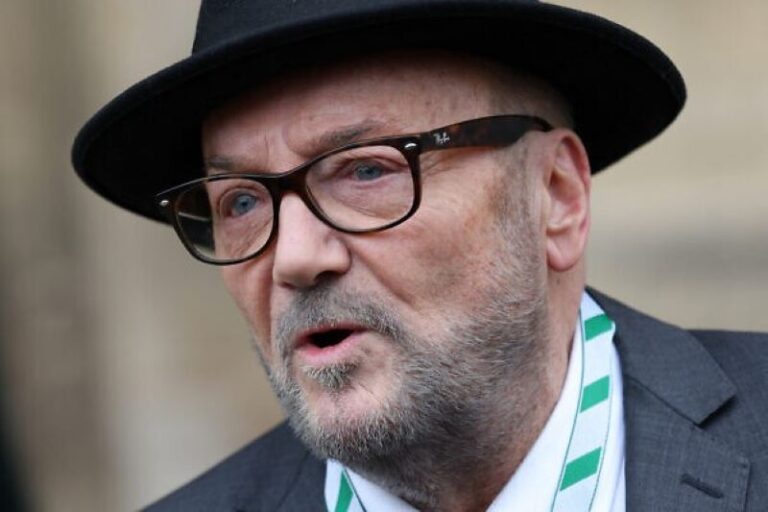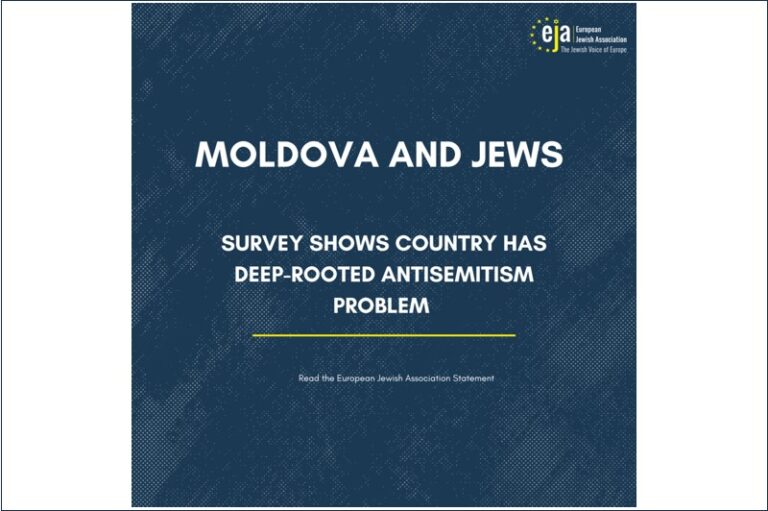By Lydia
Smith
Amid simmering
tensions between Israel and Palestine in Gaza, reports of attacks on Jews
across Europe have become increasingly common.
At the beginning of December, a brutal attack on a young Jewish couple in
the Parisian suburb of Creteil led to urgent calls for more to be done to
combat hate crimes. In Italy, Jewish shop windows in Rome have been defaced
with swastikas and tags reading “torch the synagogues” and “Jews
your end is near”.
In Germany, chants of
“death to Jews” echoed from the country’s darkest times have been
heard at pro-Palestine demonstrations throughout the summer. Among reports of
attacks on synagogues in the UK, a report commissioned by the Mayor of London
revealed that 95% of hate crimes against faith groups in the capital, which
have surged by 23% compared to last year, were antisemitic.
Such reports have led
to claims the continent is facing its worst wave of antisemitism since the
Second World War. But has there really been a surge in Europe?
Conflict response
According to the Jewish organisation the Community Security
Trust, which monitors antisemitic incidents in Britain, the number
of antisemitic incidents hit an all-time high in July – at the height of the
Israeli bombardment of Gaza. A total of 302 occurrences were reported to the
CST, the highest monthly total since records began in 1984.
It has been
established that there is a rise in the number of antisemitic incidents in
response to conflict between Israel and its neighbours. Over the last few
months, Gaza has faced its greatest crisis since the Palestinian exodus of 1948
– and as the intensity of the present siege amplified, reports of antisemitism
rose across Europe.
“There is a pattern whereby antisemitic
incidents temporarily increase in response to trigger events,” Dave Rich,
of the CST, told IBTimes UK. “This is common to all forms of
hate crime. We saw this kind of spike in antisemitic incidents this summer, and
also in January 2009, August 2006, and other times that correlate to conflict
between Israel and its enemies.”
“It is a
well-established pattern so we know that it reflects actual increases in
incidents rather than simply increased reporting,” Rich continued.
“This is also based on the fact that at such times of increased tension, a
large proportion of the incidents we record make direct reference to the
particular trigger event that has caused the spike in incidents.”
But it could be that
the increase in incidents can be partly attributed to the heightened awareness
of antisemitism amid the conflict. Essentially, people may be more inclined to
report incidents which may have previously gone unreported.
“It is possible
that there is some increase in reporting during such times of tension as people
may be more aware of antisemitism or more motivated to report incidents,”
Rich said. “But this would not be sufficient to explain the size of the
increase that we recorded in the UK this summer.”
In July 2014, the
organisation recorded a 400% increase in incidents compared to July 2013. These
staggering figures exclude the hate crimes that go unreported, which suggests
the actual total number of incidents will be higher.
Western stereotypes
Various studies
suggest antisemitism may be escalating. According to a 2012 survey by the
European Union Fundamental Rights Agency of around 6,000 Jews in eight
European countries – which are home to 90% of Europe’s Jewish population –
three-quarters said antisemitism had increased in their respective countries
over the past five years. One year after the survey, nearly half said they
were concerned about being verbally insulted or attacked in public because they
were Jewish.
A study by the
American Anti-Defamation League in February 2014 told a similar story. Of
332,000 Europeans who took part in a survey of 11 questions aimed at revealing
the strength of anti-Jewish stereotypes, 24% of Europeans – 37% in France, 27%
in Germany, 20% in Italy – harboured some kind of anti-Jewish attitude.
Rabbi Binyomin Jacobs,
chief rabbi of the Netherlands, who has experienced over the years several antisemitic
attacks, told Israeli news site Ynet that “antisemitic incidents occur on
a daily basis.”
“There were Jews
in Holland before and after the Holocaust, but what is happening today reminds
many of them of the situation before World War II. I am very careful not to
make such comparisons, but on the other hand, I am against turning a blind
eye,” he said.
Many have expressed
concerns of the growing political weight of the far right in France, which is
home to the largest Jewish community in Western Europe and where many of the
attacks and incidents have taken place. According to France’s Protection of the
Jewish Community, antisemitic occurrences in the 2000s are seven times higher
than in the 1990s.
Normalisation
While the majority of antisemitic incidents
since the summer can be largely attributed to the Gaza conflict, the CST found
that the number of recorded incidents rose by over a third between January and
June – before the current conflict began. This rise has led some to suggest antisemitism
has been normalised and further incidents triggered by a series of successive antisemitic
events.
This connection between triggers and hate
crime is not limited to antisemitism. After the murder of Lee Rigby last year
in Woolwich, south London, there was a dramatic increase in anti-Muslim
incidents. This week, around 15,000 people took part in a March against the
“Islamisation of the West” in the east German city of
Dresden, at a time when immigration in the country is in fierce debate.
In August, French
Prime Minister Manuel Valls told the National Assembly of a new
“normalised” form of antisemitism, which “blends the Palestinian
cause, jihadism, the detestation of Israel and the hatred of France and its
values.” Similarly, Germany’s President Joachim Gauck spoke of a similar
problem, calling on Germans to “raise their voices if there is a new antisemitism
being strutted on the streets.”
Successive conflicts
in the Middle East, from the Second Intifada in 2000 to the trio of
Israel-Hamas conflicts in 2009, 2012 and 2014, have been interspersed with
several highly-publicised antisemitic murders in France and Belgium. Mark
Gardner, of the CST, told the Guardian that these events had served to
“encourage the antisemites” rather than shock – which has in turn led
to an increase in attacks.
“In the UK and
France, it is possible to track the annual totals that we publish and also
those published by [French Jewish watchdog] the SPCJ in France to see whether
there is a long-term increase,” Rich said. “Generally speaking the
annual incident totals fluctuate depending on whether there are any ‘trigger
events’ each year but they are significantly higher now than they were at the
beginning of the 2000s.”
In France, the
atmosphere has deteriorated since the Toulouse shooting in May 2012, when gunman
Mohamed Merah shot dead seven people, including three children and a young
rabbi outside their Jewish school.
“It is fair to
say that antisemitic attitudes are latent in parts of society and events like
the Israel/Hamas conflict this summer bring them out,” he
said. “This is not to say that entire societies or communities are antisemitic
– far from it – but that those people who have latent antisemitic feelings are
more likely to express them at times like this summer.”





